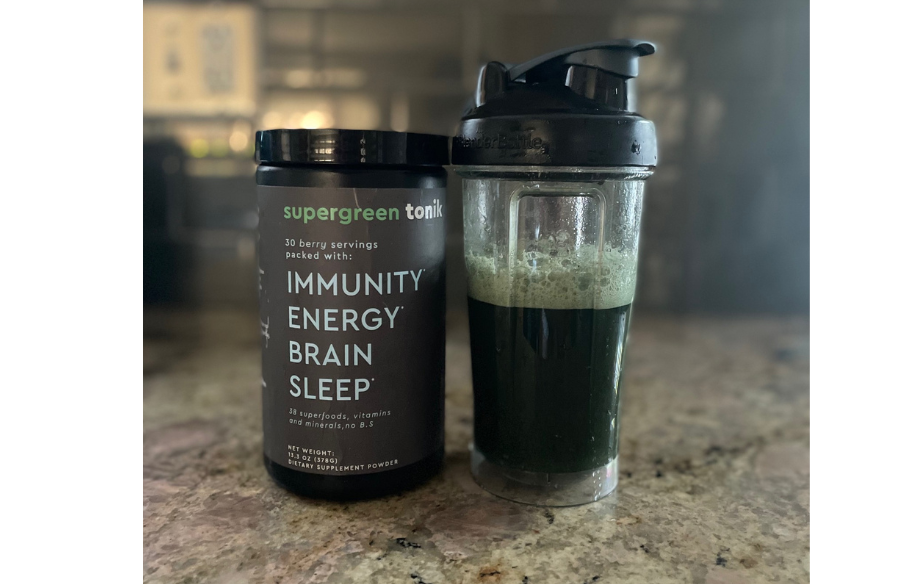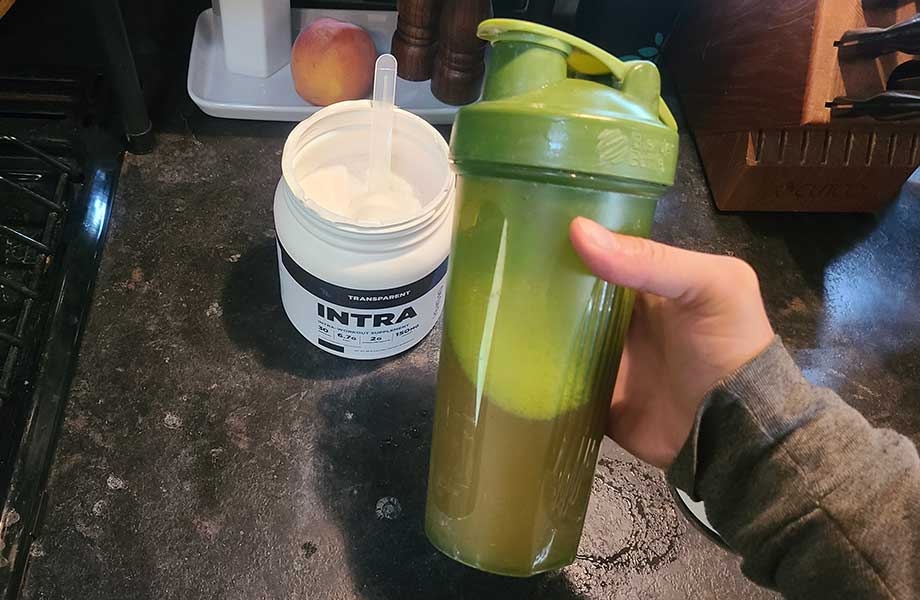Protein plays an important role throughout the lifespan. You know muscle is built from protein, but there are also proteins in every single cell of your body. Humans simply can’t grow, thrive, or survive without adequate protein. Still, most people aren’t sure how much protein they should be eating. It makes sense, then, why protein gets so much attention in the wellness world.
How much protein should you be eating? How do you know if you’re getting enough protein? Is more protein better for you? To answer these questions, we need to understand the factors that determine protein requirements. Age, weight, and physical activity level are the primary determinants of how much protein an individual needs.
In this article, we’ll review the current guidelines for protein requirements by age, why protein is so critical for good health, and the best high-protein foods to help you hit your protein goal.
Medical disclaimer: This article is intended for educational and informational purposes only. It is not intended as a substitute for medical advice. For health advice, contact a licensed healthcare provider.
A Quick Look: Protein Requirements by Age
In general, an individual’s protein needs increase with age and size. There are other factors that determine how much protein you need at each life stage—more on that shortly.
The Institute of Medicine has set Recommended Dietary Allowances (RDA)1 for protein for different age groups. The RDA is based on the average amount of a nutrient that meets the needs of most healthy individuals.
Here’s a quick overview of protein requirements, based on RDAs, by age.
- Babies: Around 10 grams of protein per day
- Toddlers: 13 grams of protein per day
- School-aged Kids:
- Ages 4 to 8: 19 grams of protein per day
- Ages 9 to 13: 34 grams of protein per day
- Teenagers:
- Females aged 14 to 18 years: 46 grams of protein per day
- Males aged 14 to 18 years: 52 grams of protein per day
- Adult Men and Women: 46 to 56 grams of protein per day
- Older Adult Men: At least 56 grams of protein per day
- Older Adult Women: At least 46 grams of protein per day
Protein Needs for Children Under 18
Protein is especially important during infancy, childhood, and the teenage years to support normal growth and development.
There is no RDA for protein for infants under one year old. Babies six months and younger will get their protein needs met from breast milk or baby formula. Over six months old, it’s estimated babies require around 1 gram of protein2 per kilogram of body weight. This is about 10 grams of protein per day for infants 7 to 12 months old. This age group likely gets enough protein from a combination of breast milk, formula, and solids.

As babies enter toddlerhood, they require more protein to support growth. The RDA for children 1 to 3 years is 13 grams of protein per day. Toddlers’ protein needs can easily be met through a few high-quality protein sources. For example, one 8-ounce serving of cow’s milk provides 8 grams of protein and 1-ounce of chicken breast has around 7 grams of protein.
School-aged children between 4 and 8 years old need around 19 grams of protein per day and children 9 to 13 years old need 34 grams per day. Male and female teenagers have separate RDAs for protein to account for differences in physical size and growth. Female teens require 46 grams of protein per day and male teens 52 grams of protein.
Protein Needs for Adults
There are two ways to approach an adult’s need for protein. The Institute of Medicine3 Food and Nutrition Board has several recommendations to guide protein intake. The first is protein intake as a percentage of total daily energy intake. The second uses a person’s body weight to determine protein needs.
The current recommendation is for 10 to 35% of a person’s total daily calories to come from protein. For a 2,000-calorie-per-day diet, that would be 200 to 700 calories per day of protein. One gram of protein contains 4 calories, so with a little math, this equates to 50 to 175 grams or protein. This is a huge range and, although this amount will meet the needs of most healthy adults, it’s not the best way to determine individual protein needs.
The adult RDA for protein is 0.8 to 1.0 grams of protein per kilogram of body weight per day. However, many professionals agree that the RDA is the minimum amount of protein required to prevent protein deficiency in sedentary individuals. That means it’s not enough protein to account for exercise, muscle growth, or optimal health. In fact, the more active you are, the higher your protein requirements will be.
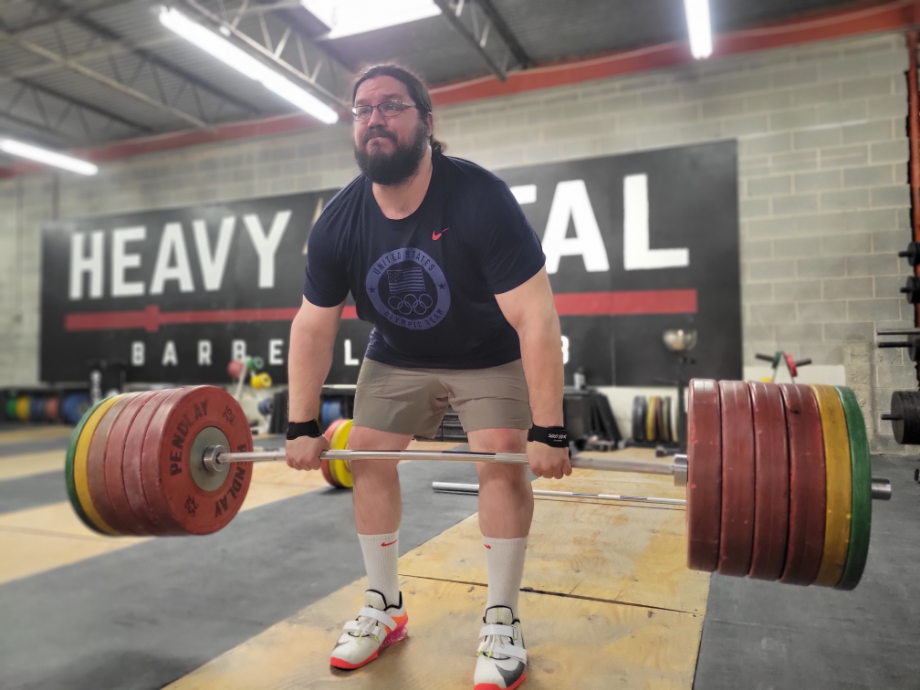
RELATED: How Much Protein Do I Need?
To account for activity and workout recovery, the American College of Sports Medicine4 recommends active adults consume a higher protein intake of 1.2 to 1.7 grams of protein per kilogram of body weight per day. Athletes, people who strength train, and people who are trying to gain muscle may need an even higher-protein diet, closer to 2.0 grams of protein per kilogram of body weight per day.
A healthy diet with higher protein intake can also support weight loss. Lean proteins are highly satiating, which means they help you feel full for not many calories. Protein also takes longer to digest than carbs, which keeps you feeling satisfied and can help prevent frequent hunger, cravings, and overeating.
To calculate your body weight in kilograms, simply divide your weight in pounds by 2.2.
Example:
- 150 pounds ÷ 2.2 = 68.2 kilograms of body weight
- 175 pounds ÷ 2.2 = 79.5 kilograms of body weight
Once you know your body weight in kilograms, you can multiply it by the protein recommendation.
Example:
- 68.2 kilograms x 1.2 to 1.7 grams of protein = 82 to 116 grams of protein per day
- 79.5 kilograms x 1.2 to 1.7 grams of protein = 95 to 135 grams of protein per day
Protein Needs for Older Adults
There isn’t a separate RDA for protein for older adults. Technically, the recommendation of 0.8 grams of protein per kilogram of body weight per day also applies to older adults. However, most older adults need more protein5 than the RDA to support healthy aging.
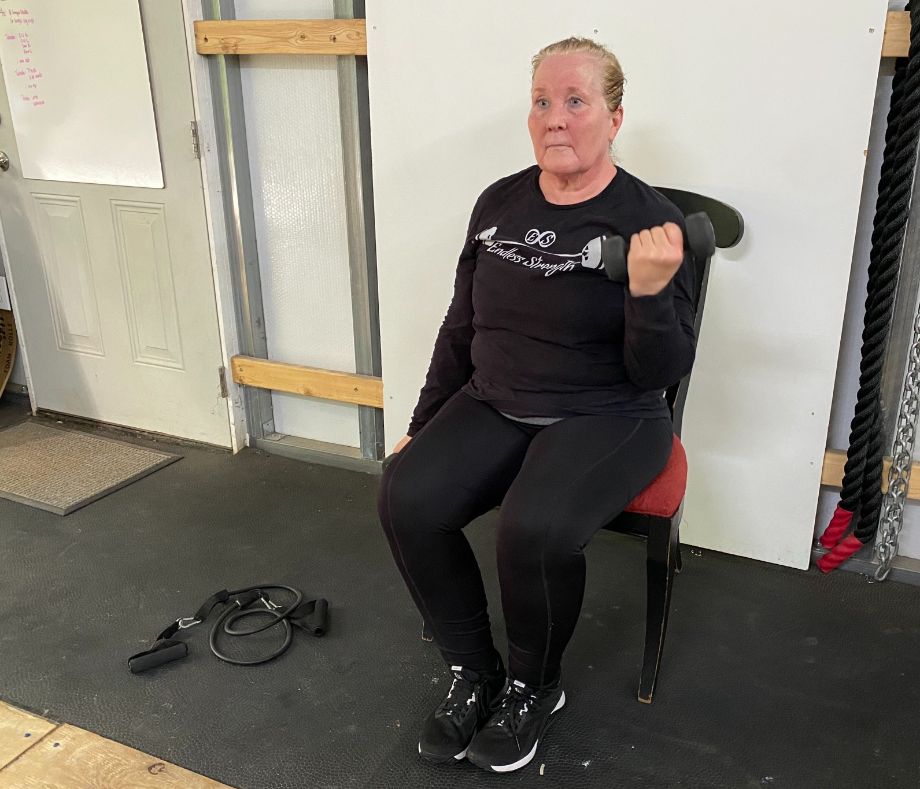
The need for protein typically increases with age. Older people are at increased risk for sarcopenia, which is the medical term for the natural loss of muscle that occurs with aging. It’s normal for older adults to be less active and experience less of an appetite, which contributes to muscle loss. It’s estimated that sarcopenia can start as early as an individual’s forties.
Eating enough protein can help older adults maintain strength and avoid loss of important muscle so they can lead a healthy, active lifestyle. Experts recommend older adults consume at least 1.0 to 1.2 grams of protein per kilogram of body weight6. Of course, other factors like activity level, illness or injury, and certain medications may increase or decrease an individual’s protein requirements.
Why Is Protein Important?
Protein gets a lot of attention these days, and for good reason. It’s one of three macronutrients, with the other two being carbohydrates and fat. Our bodies need a balance of all three macronutrients to function optimally.
Our digestive system breaks proteins down into smaller pieces called amino acids. Our bodies use amino acids as the building blocks to create new proteins that are then used to repair or replace cells that are constantly turning over.
The human body needs 20 different amino acids to carry out its work. Of those, eleven amino acids are considered nonessential because the body can produce them on its own. The other nine amino acids are considered essential, which means the body can’t make them on its own so they have to come from dietary protein sources. The essential amino acids are histidine, isoleucine, leucine, lysine, methionine, phenylalanine, threonine, tryptophan, and valine.
Every cell in your body contains some type of protein. Proteins7 are needed for growth and development, building muscle, balancing body fluids, and maintaining hair, nails, skin, and bones. Amino acids are also used to make hormones and enzymes, which control important processes in the body such as reproduction, metabolism, energy production, breathing, digestion, muscle contraction, and more.
These processes are necessary to live, so if you don’t get enough protein from food, your body will pull protein from muscles to meet its needs. Inadequate protein intake can increase the risk of muscle loss, weakness, fractured bones, and susceptibility to illness and infection. Luckily, there are many foods that are good sources of protein to help ensure you’re getting enough.
High-Protein Foods
Most people think of eggs, a thick-cut red meat steak, or protein shakes when they think of high-protein foods. While these foods are great sources of protein, they aren’t your only choices by any means. More foods contain protein than most people realize.
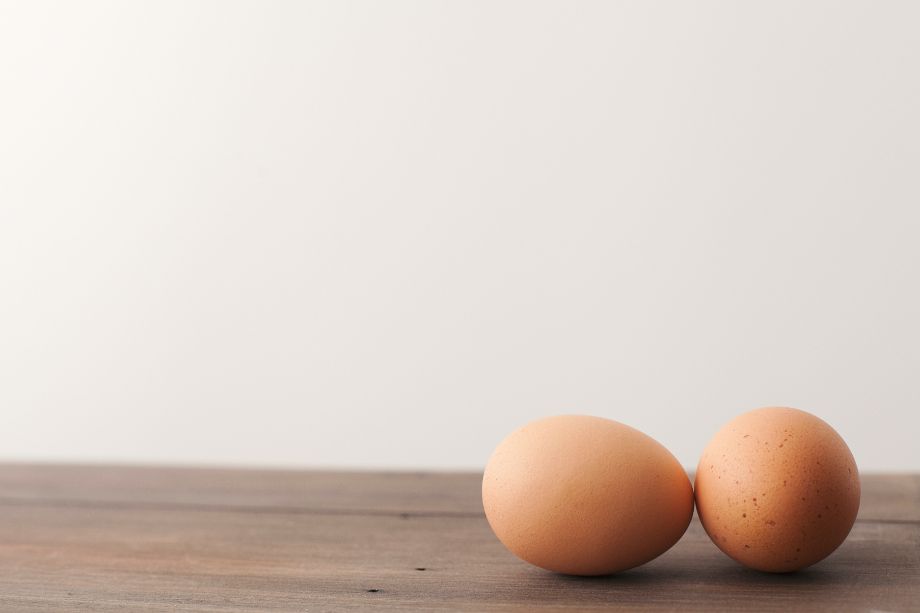
Both animal and plant foods contain protein. Animal sources tend to have a higher protein content than plant foods, but you can 100% get plenty of protein on a vegetarian or vegan diet. Animal proteins are complete proteins, which means they contain all nine essential amino acids. Protein foods with a complete amino acid profile tend to be better digested8 and have a higher absorption rate compared to incomplete proteins.
High-protein animal foods include:
- Meat and poultry: beef, pork, chicken, turkey
- Fish and shellfish
- Eggs
- Dairy products: plain/unflavored milk, Greek yogurt, and cottage cheese
Protein-rich vegetables and other plant foods include:
- Legumes: black beans, kidney beans, chickpeas, lentils, soybeans, peas, peanuts
- Nuts and nut butters: almonds, pecans, walnuts, peanut butter (these are also high in fat, so take that into consideration)
- Seeds: pumpkin, sunflower, hemp, chia
- Tempeh
- Tofu
- Whole grains: quinoa, farro
Meal planning can help ensure you’re getting enough protein at each meal and snack to hit your daily protein target. Splitting your protein consumption throughout the day—like aiming for 20 grams of protein at each meal—makes it easier to reach your goals. Try to include at least one serving of a high-protein food with each meal and snack.
RELATED: How Much Protein Can The Body Absorb
Although you can get all the protein you need from food, protein powder can come in clutch when you’re short on time or groceries. Whey protein is the gold standard, but plant-based protein supplements are also plentiful if you choose to limit dairy. Most protein powders offer around 20 grams of protein per serving, which can be an easy way to get you closer to your protein goals, especially if you’re building muscle. If you decide to supplement with protein, be sure to review the best protein powders for your needs.
Protein Requirements by Age: Final Thoughts
Protein is essential throughout the lifespan for normal growth and development, fully functional muscles, preservation of lean muscle mass, and overall good health. In general, protein requirements increase with age. Other factors that contribute to protein requirements include activity level, pregnancy, lactation, and illness.
- The protein recommendation for adults is 0.8 grams of protein per kilogram of body weight, but this is the bare minimum that sedentary adults need.
- Athletes and individuals who train regularly need 1.2 to 2.0 grams of protein per kilogram of body weight to support muscle growth and recovery.
- Adult women’s protein needs increase during pregnancy, lactation, and menopause.
- Older adults should aim for at least 1 gram of protein per kilogram of body weight to support muscle health.
- Protein intake should be split throughout the day and come from a variety of high-quality sources, such as meat, eggs, legumes, nuts, and seeds.
- A registered dietitian or exercise professional can help you determine your unique protein requirements.
Protein Requirements by Age: Q&A
How much protein does a 70-year-old need?
The Recommended Dietary Allowance for protein for all adults aged 19 and over is 0.8 grams of protein per kilogram of body weight, or 0.36 grams of protein per pound of body weight. For an adult weighing 150 pounds, this translates to roughly 55 grams of protein per day.
However, many healthcare professionals and researchers agree that older adults require more protein than the RDA to counteract the natural muscle loss, called sarcopenia, that occurs with aging. The National Resource Center on Nutrition and Aging recommends older adults consume 1.0 to 1.2 grams of protein per kilogram of body weight. For a 150-pound 70-year-old, this would translate to 68 to 82 grams of protein per day.
How much protein do I need a day at 60?
Researchers suggest sarcopenia, or age-related loss of muscle mass and function, can begin in an individual’s forties. Including a high-quality protein source at each meal and snack can help offset this side effect of aging. Therefore, protein needs increase for older adults.
Professionals recommend older adults consume 1.0 to 1.2 grams of protein per kilogram of body weight. For a 140-pound 60-year-old woman, this equals 64 to 76 grams of protein per day. A 180-pound 60-year-old man would need 82 to 98 grams of protein per day. Individuals in their sixties who are highly active or trying to gain muscle may need even more protein.
How much protein does a person over 70 need?
People over 70 should aim for at least 1 gram of protein per kilogram of body weight. In general, most normal-weight adults over 70 require 65 to 95 grams of protein per day. This is just an estimate, since activity levels, body composition, and illness also contribute to an individual’s protein requirements. Older adults who are highly active, trying to build muscle, or heal from an illness or injury will likely require more protein.
These statements have not been evaluated by the Food and Drug Administration. This product is not intended to diagnose, treat, cure, or prevent any diseases.
References
- Dietary Guidelines for Americans 2020-2025
- Garlick PJ. Protein requirements of infants and children. Nestle Nutr Workshop Ser Pediatr Program. 2006;58:39-50. doi:10.1159/000095009
- Manore, Melinda M. PhD, RD. Exercise and the Institute of Medicine Recommendations for Nutrition. Current Sports Medicine Reports 4(4):p 193-198, August 2005. | DOI: 10.1097/01.CSMR.0000306206.72186.00
- Protein Intake for Optimal Muscle Maintenance. American College of Sports Medicine. 2015.
- Volpi E, Campbell WW, Dwyer JT, et al. Is the optimal level of protein intake for older adults greater than the recommended dietary allowance?. J Gerontol A Biol Sci Med Sci. 2013;68(6):677-681. doi:10.1093/gerona/gls229
- Baum JI, Kim IY, Wolfe RR. Protein Consumption and the Elderly: What Is the Optimal Level of Intake? Nutrients. 2016 Jun 8;8(6):359. doi: 10.3390/nu8060359. PMID: 27338461; PMCID: PMC4924200.
- LaPelusa A, Kaushik R. Physiology, Proteins. In: StatPearls. Treasure Island (FL): StatPearls Publishing; November 14, 2022.
- Gaudichon C, Calvez J. Determinants of amino acid bioavailability from ingested protein in relation to gut health. Curr Opin Clin Nutr Metab Care. 2021;24(1):55-61. doi:10.1097/MCO.0000000000000708





